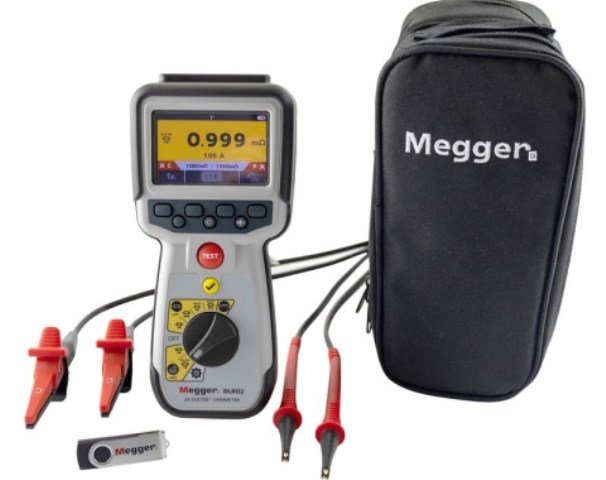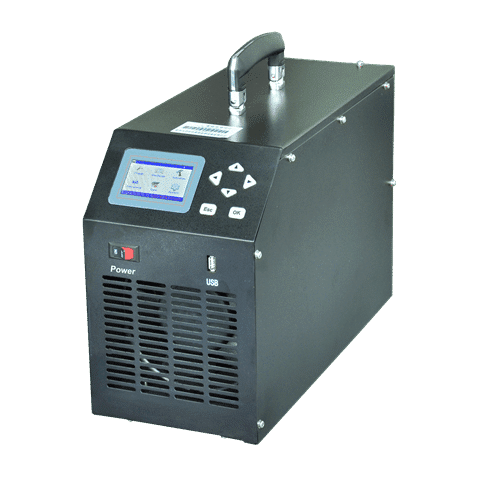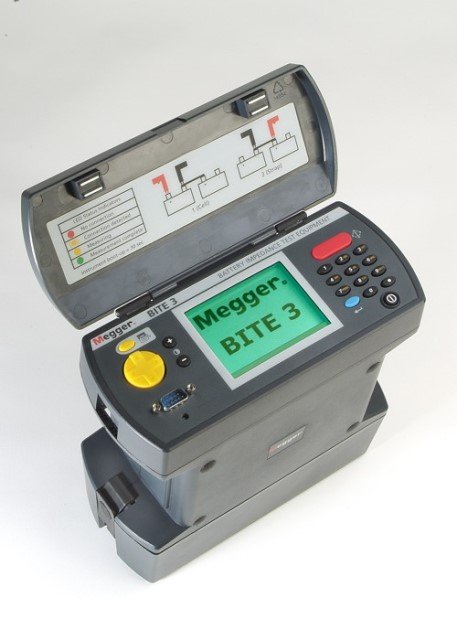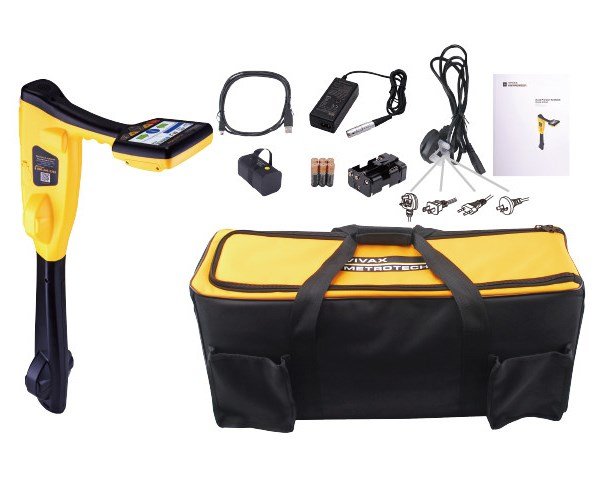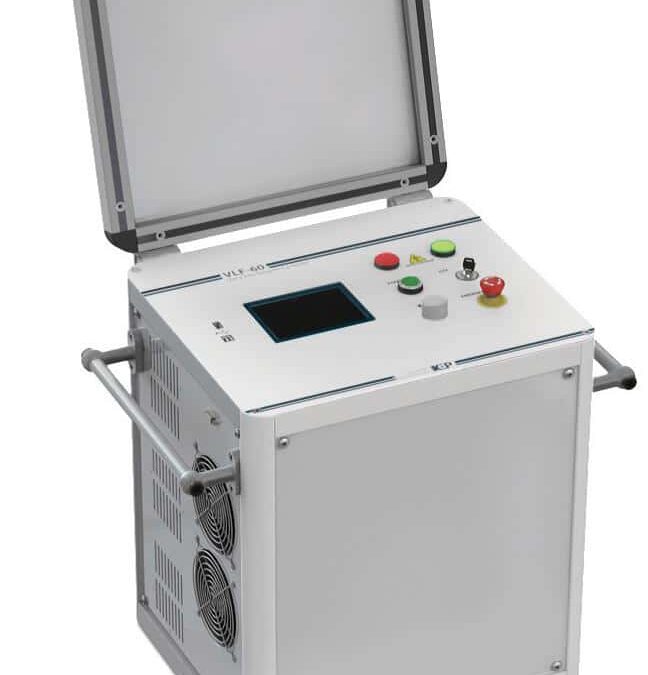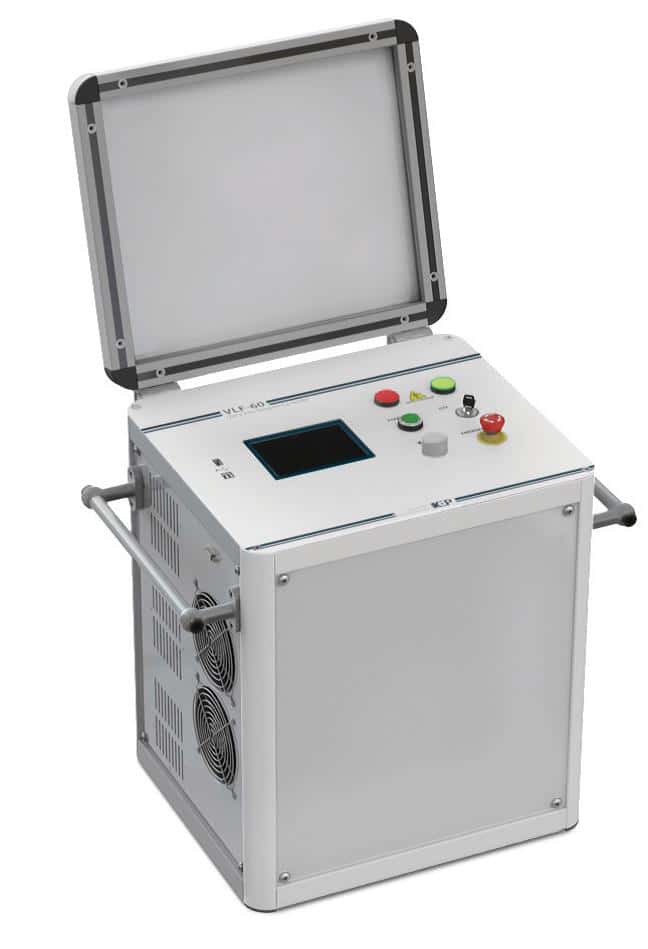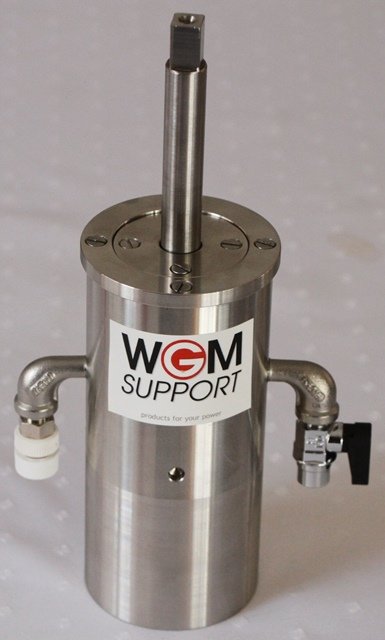
Distribution transformers | ÖPEV-k | Transformer oil drain tap
Oil filled distribution transformers are a very important part of the power supply, regardless of their size. By performing targeted inspections, maintenance, and servicing, it is possible to extend their service life. However, to properly analyze the contained insulating oil and draw a possible diagnosis, it is necessary to extract the oil correctly. If the insulating oil the transformer contains is faulty, this can in fact lead to serious consequences.
ÖPEV-k oil drain device for transformers
This therefore means that accurate results of insulating oil analysis are critical to the condition of the transformer. The results of an oil sampling additionally determine the further course of action with the oil transformer. In general, the ÖPEV-k is ideally suited for oil sampling, namely on an oil local network transformer. Or on distribution transformers that have a difficult or poorly accessible oil drain valve. On some transformers it is very complicated to take an oil sample. For example, on concrete or complete stations.
But ÖPEV-k guarantees absolute ease of use for safe oil sampling at the transformer. Adapters for the nominal width 22 NW and 31 NW are available as accessories. Consisting of stainless steel, the ÖPEV-k and the adapters thus come in a robust and compact design. The oil drain device ÖVEP-k is screwed onto the drain tap of the transformer with the adapter (for example NW 22). The shaft is then used to open the drain valve of the transformer and the ÖVEP-k fills with oil.
In total, there is an oil sampling tap and a vent valve on the ÖVEP-k. Consequently you can connect a hose to the oil transformer drain tap of the OVEP-k to remove the oil sample without contamination. WGM Support also offers a remote sampling kit to control the oil sample. In summary, the ÖPEV-k is the ideal and indispensable tool for effortless oil draining from oil distribution transformers.
We offer advice on the topics of: ÖPEV-k | DÖPEV | Oil sampling | Insulating oil analysis

